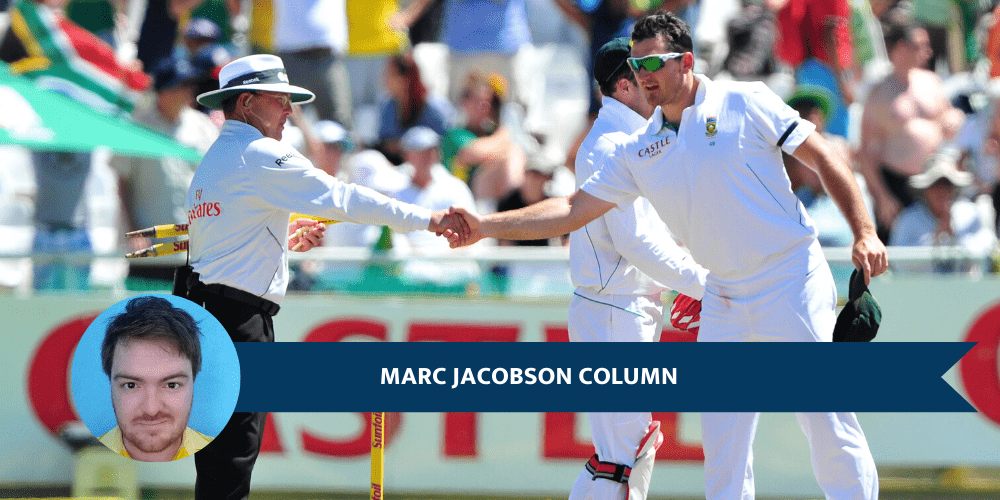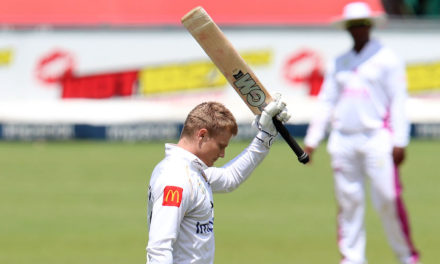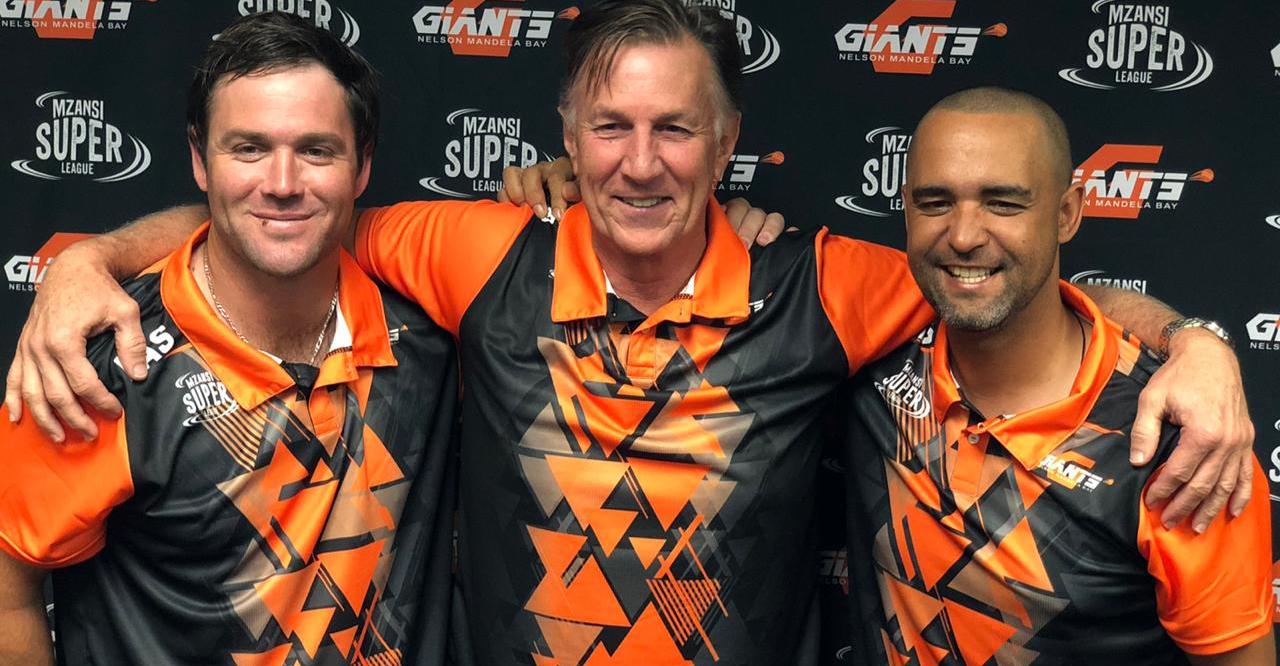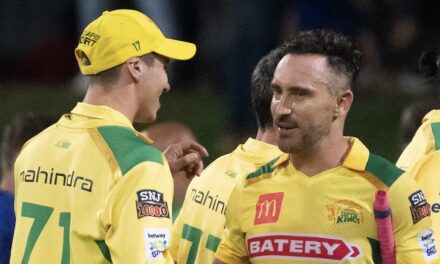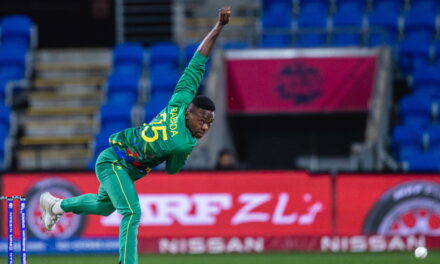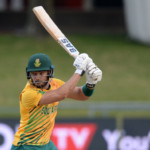With Graeme Smith now donning a suit and tie as Cricket South Africa’s official Director of Cricket, much seems to be forgotten of the prolific spells hammered away by the 39-year-old during his illustrious career, particularly as a fourth innings specialist, writes Marc Jacobson.
It is no secret that the fourth innings of a Test match remains to be a daunting task for any batsman, regardless of the quality of the player standing at the crease and overlooking the splintered wicket before him.
Test cricket poses the challenge whereby, as the wicket deteriorates over the course of the match, then so does the rate of scoring runs as the surface starts to play tricks on the batsman, who already has to evade an eager bowling attack.
This has become very evident over the last decade to such an extent that the team’s captain who wins the pre-match coin toss – and subsequently chooses to bat first – already places one hand on a victory.
In fact, over the last decade, between 2010 and 2019, there have been a total of 433 Test matches played worldwide, with the team batting first having won 212 of them and the second-batting team winning 137, while 84 have been draws. That is a 48.96 per cent win rate for the first-batting sides.
The decade of 2000 till 2009, however, was significantly more competitive, with the first-batting outfits winning 159 matches from 464 games, while having lost 191 and drawn 114. In comparison, that is a 34.27 per cent win rate for the first-batting teams.
This is where Smith’s contribution with the bat was a pick above the rest. His career spanned through the majority of the 2000s and while his statistics are only one of many, he certainly sported a somewhat unfamiliar trend – to master a fourth innings spell.
Most batsmen who enjoyed esteemed careers had their averages waned by their fourth innings scores. Let’s have a look at some of today’s Test stars: Virat Kholi has a career average of 53.6, with a fourth-innings average of 49.77.
Steve Smith’s career average is 62.8, with his fourth innings average a significant drop to 30.68. Kane Williamson’s average drops slightly from 51.00 to 49.14, Joe Root’s from 48.4 to 34.95, Babar Azam’s from 45.1 to a lowly 19.50, Cheteshwar Pujara’s from 48.7 to 27.58 and David Warner’s from 48.9 to 43.41 – and the list goes on.
Some of those fourth innings averages are respectable, but the fact remains that these spells don’t tend to get the best out of batsmen.
As a collective, over 143 years of Test cricket, the average first innings score per wicket is 32.74, second innings 31.13, third innings 28.06 and the fourth innings 26.61.
Now, if we have a look at some South African greats both past and present, Jacques Kallis, deemed as one of the best cricketers this world has ever seen, saw his 166-match Test career average of 55.40 drop to 41.62 in the fourth innings.
AB de Villiers’s career average of 50.70 drops to 38.03 and Hashim Amla’s average drops from 46.60 to 37.14.
Quinton de Kock, the current Proteas skipper and the clear-cut best Test batsman in South Africa currently, has a medial Test average of 39.10, which drops to 22.81 in the fourth innings.
However, the former Proteas captain Smith bucks this trend. Smith scored a Test career average of 48.20, with his fourth innings average increasing – yes, increasing – to 51.96 in the fourth innings.
There have been very few other international batsmen in the past who have surpassed the 50-average-mark in all fourth innings bouts, such as Ricky Ponting (50.41), Younis Khan (50.52) and 1970s and ‘80s sensations Sunil Gavaskar (58.25) and Gordon Greenidge (53.19).
South African cricket, however, hasn’t boasted any player with the same tenacity of Smith since the great Graeme Pollock, who averaged 142.00 in the fourth innings, but in significantly fewer innings of just 19.
South African Test sides of recent years have suffered at the expense of ‘losing the coin tosses’ and batting second. Former captain Faf du Plessis was earlier this year on the wrong end of the flip for six consecutive Test matches and our ensuing results spoke for themselves.
The Proteas have won just six – and drew two – out of 25 Test matches played since 2015 when they were up against the task of batting second. Yet, they have won 16 and drew five also out of 25 matches when batting first.
The Proteas players, and particularly the batsmen, should have been able to back themselves when the going got tough, as did Smith, who actually batted better when conditions became more challenging.
The KES alumnus bore the brunt when his side needed him and this was even evident when he decided to attempt to play out an innings with a broken hand against a pacing Australian bowling attack in the 2008/09 season.
It was unfortunately to no avail, but that defined his strong character both as a leader and batsman.
When the wicket begins to crack and corrode more after four or five days of play, it starts to turn a lot more, which is always attractive for spinners.
The three highest ever wicket-takers in the fourth innings were all spinning greats Shane Warne (138), Rangana Herath (115) and Muttiah Muralitharan (109). Glenn McGrath, one of the best pace bowlers of all time, follows in fourth (103), before two more spinners follow on the list – Anil Kumble (94) and current Aussie ace Nathan Lyon (81).
Traditionally, SA batsmen have too often struggled against spinners due to our lack of resources thereof in the country.
Smith defied those odds and managed to build up an exceptional conversion rate, particularly in the fourth innings.
He has scored a total 1,611 fourth innings runs throughout his career, second only to Sachin Tendulkar, but the former’s average is more by a wholesome 15.
Smith also managed to knock four 100s and nine 50s during these spells and when it came to successful chases, he managed to capitalize. He remains to be the only ever batsman to score 1,000-plus runs (1141 runs to be exact) and four centuries in successful chases.
Of those four, three were played on foreign soil – Wellington, Birmingham and Perth respectively. The mental toughness Smith had to exude in those situations was astounding and no other batsman today can match that sort of grunt.
The Proteas have had a string of new faces enter the fray in Test cricket recently and this is only something they can aspire towards.
Likewise, the national side has also suffered a series of poor Test results of late – even at home – and it is something they can only improve on.
With Smith now in the hot seat, on the corporate side of CSA, the ongoing lockdown can provide an opportunity for these players alike to reflect, relive and renew to become better versions of themselves as cricketers – much like their boss was.
Disclaimer: Cricket Fanatics Magazine encourages freedom of speech and the expression of diverse views from fans. The views of this article published on cricketfanaticsmag.com are therefore the writer’s own and do not necessarily represent the views of the Cricket Fanatics Magazine team.
Photo: Ryan Wilkisky/BackpagePix

